Reviews
Taming the Beast: Hasselblad H6D-100c
Like in a lot of things (other than the law, of course), rules in photography are subjective, to say the least. When it comes to photographing watches, however, there are a few things that should always be kept in mind. Whether you have the latest smartphone or a DSLR or, if you’re really lucky, a Hasselblad, the same rough guidelines apply to photography, even when photographing watches.
But before we delve into how to get the best wrist shot for your #watchfam, let’s take a look at what amazing gear can do.
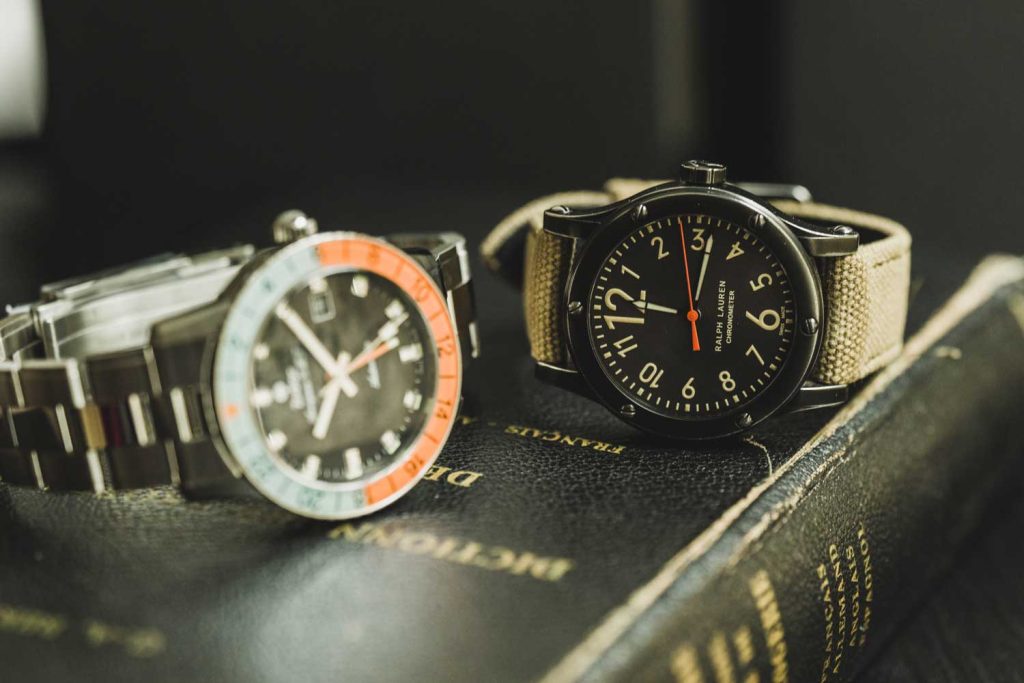
Taming The Beast
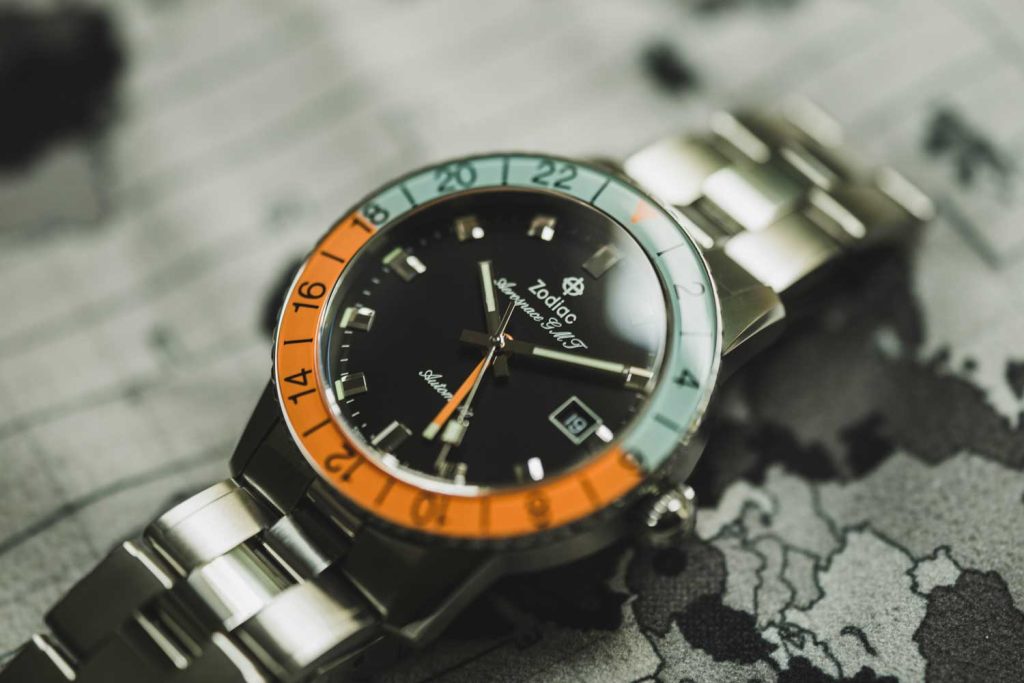
Taming The Beast
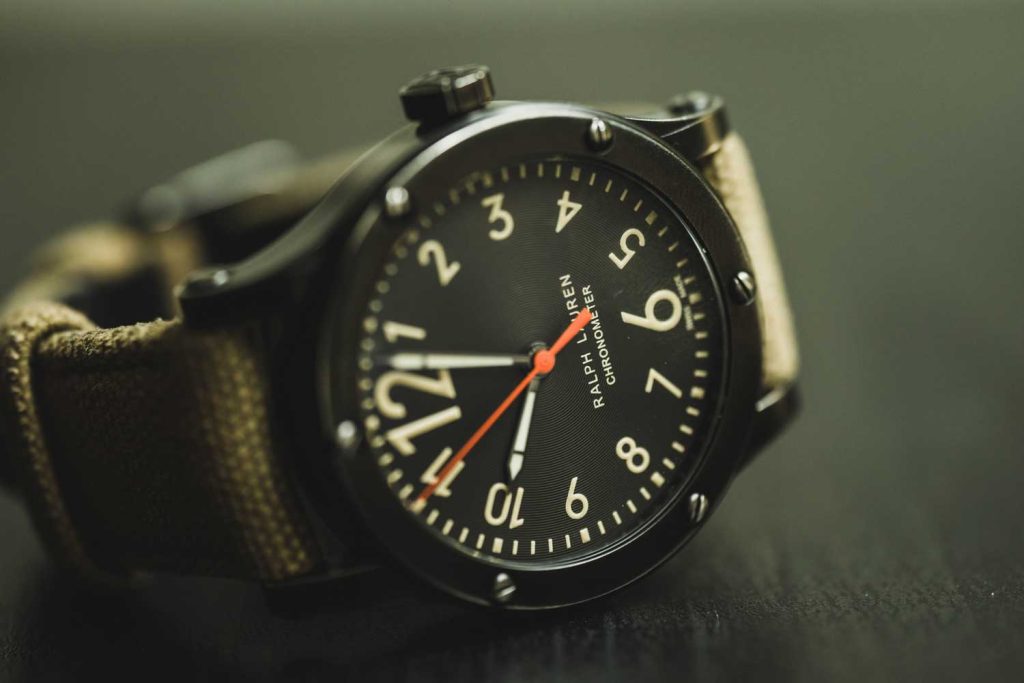
Taming The Beast
The Hasselblad H6D-100c
While the camera was released back in 2016, the Hasselblad H6D-100c still sets the standard for high image resolution and quality. The “100c” in its name refers to the camera sensor it houses (basically the part of the camera that determines how many pixels it can take)—at a 100 megapixels, this sensor is a behemoth compared to other full-frame cameras on the market (in comparison, the Nikon D850, another leader in the market, has a CMOS sensor that can take 45.7 megapixels—less than half of the Hasselblad H6D-100c). Clearly, when photographers talk of Hasselblad’s incomparable high-resolution quality, it’s not hyperbole.
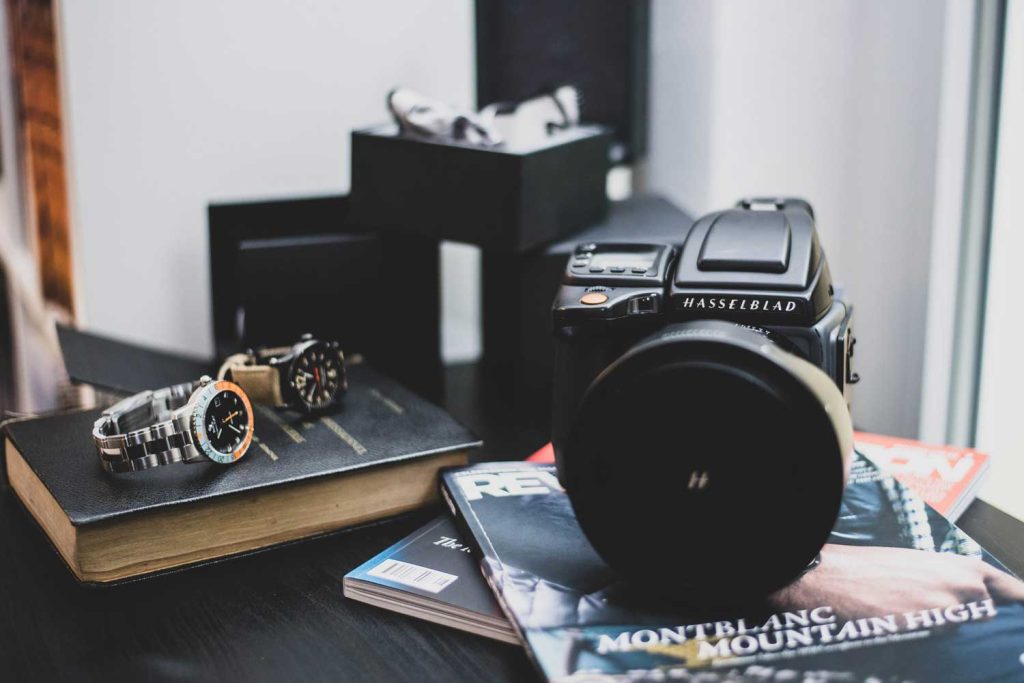
Hasselblad H6D-100c
To put it simply, this Hasselblad is a beast. Without a lens, it weighs about five pounds and costs $30,000. Add a macro lens on top of that (ideal for watch photography), and now we’re handling almost ten pounds of equipment that costs roughly $36,000. It’s not for the faint of heart, nor for those who like to travel light.
Throughout my week-long test, it became clear that the Hasselblad H6D-100c is best in a studio environment—the weight alone makes it difficult to navigate out in the real world or on location, but if you have a tripod, you’re golden. Hasselblad, thankfully, has the X1D-50c, a smaller, mirrorless medium format camera, which is a lot more manageable. The H6D-100c is for photographers who have (or want) full control over their images, and that’s very appealing for watch photography. I took photos of the same watch (pictured here) with my Nikon D600 and the Hasselblad H6D-100c to compare, and the depth of colors and tones (a result of having more pixels to play with and have control over in post-production) was simply unparalleled. Sure, it doesn’t make a huge difference if you’re looking at the image on your phone, but blow that image up, and the differences are all you see.
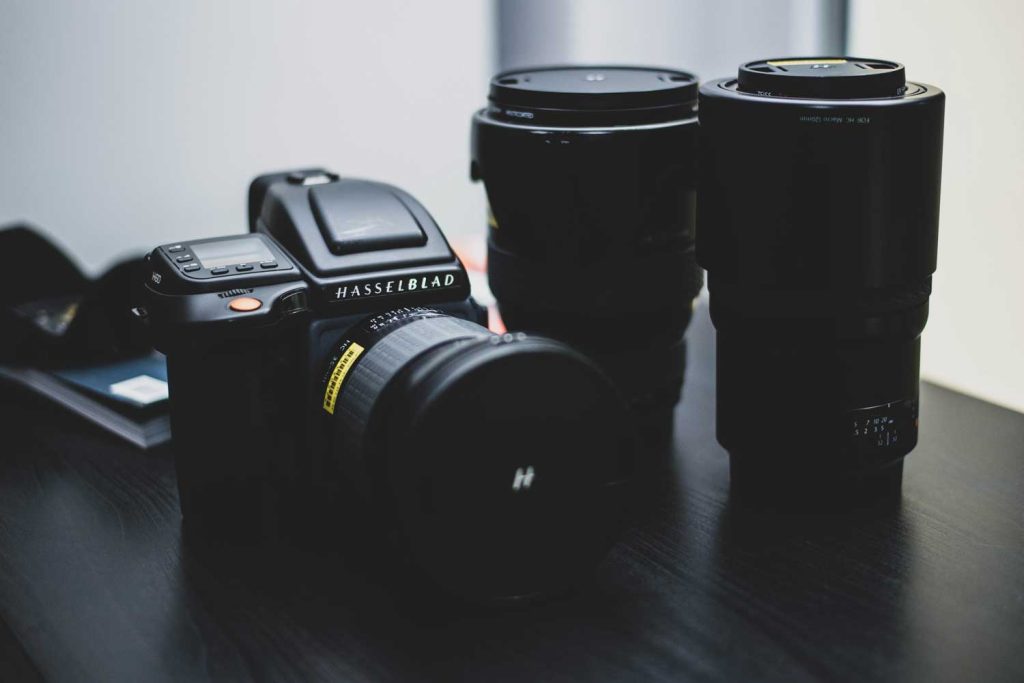
Hasselblad H6D-100c
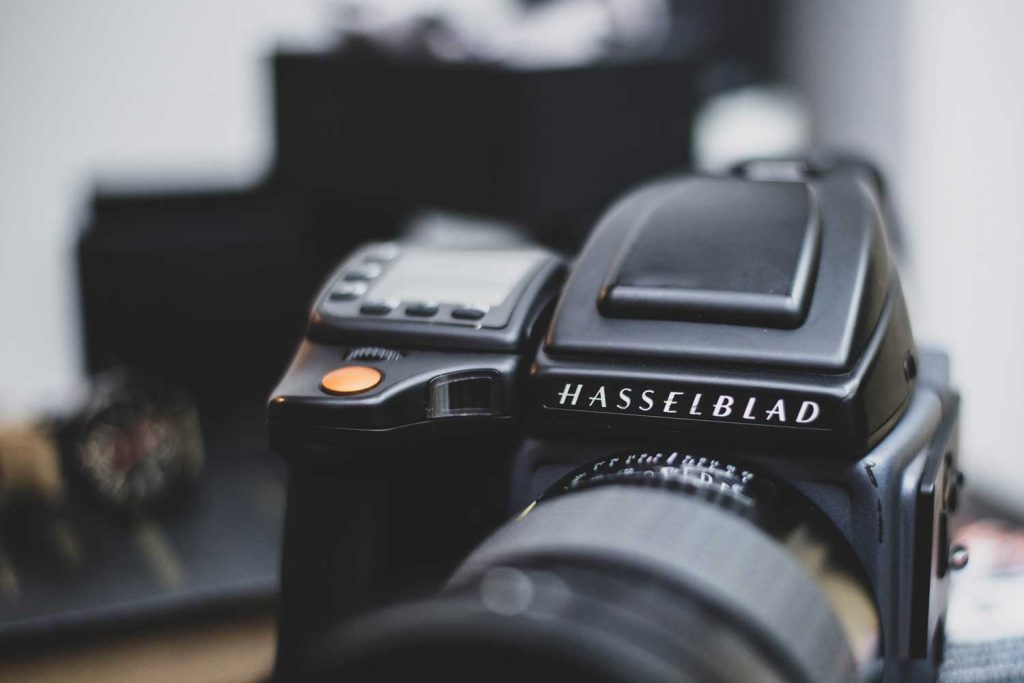
Hasselblad H6D-100c
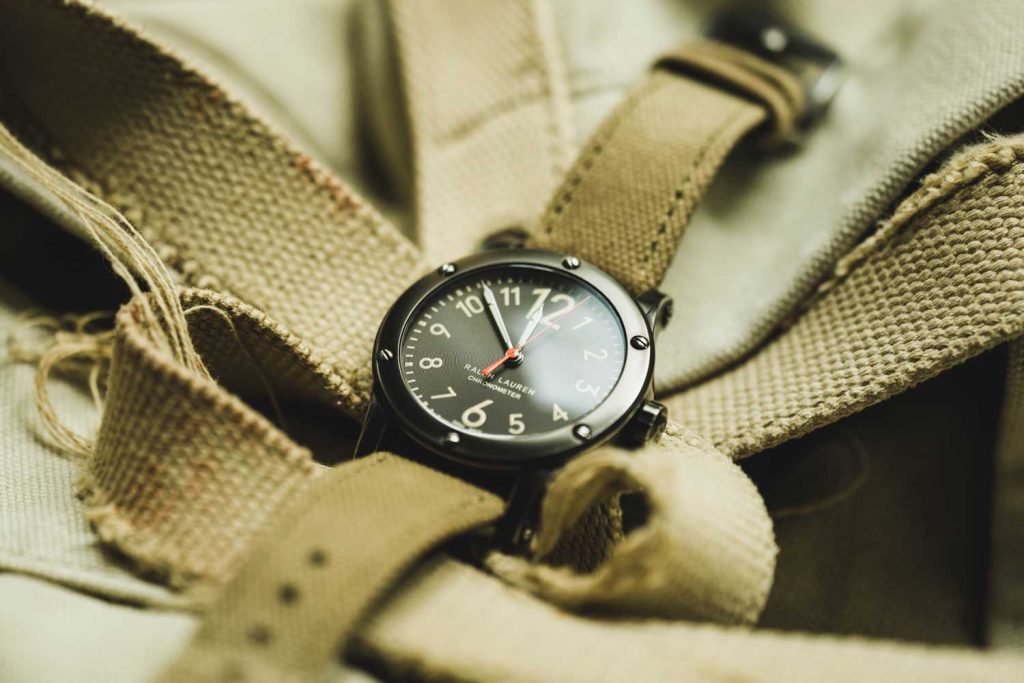
Taming The Beast
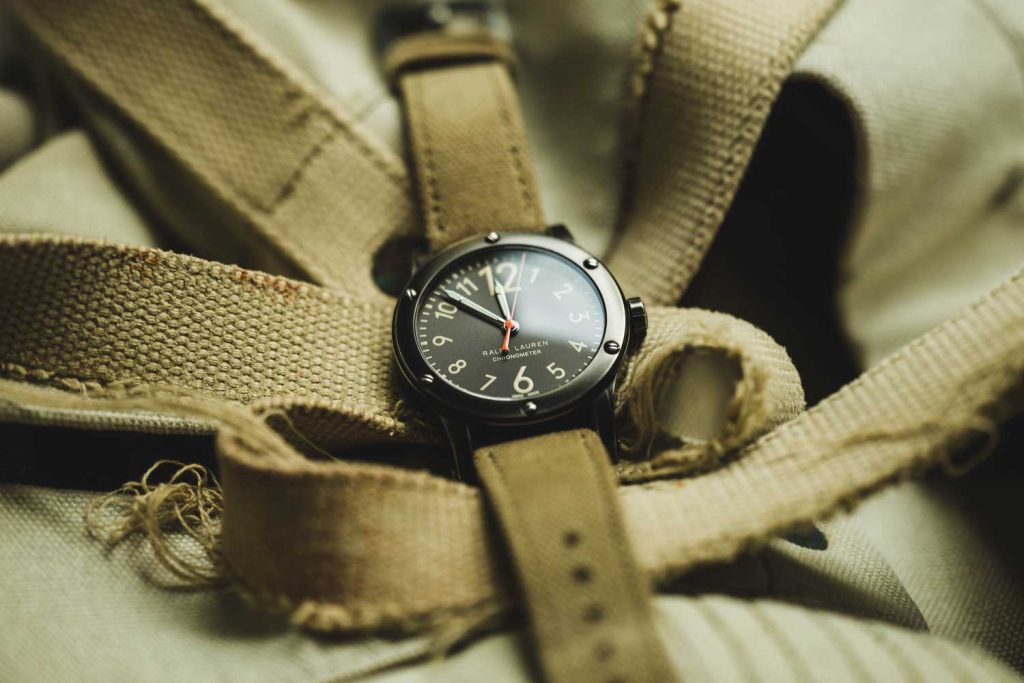
Taming The Beast
Francesco Arese Visconti, Head of Media Communications at Webster University Geneva
“My experience is in traditional film photography, and it was quite the experience to test a camera like this, so professional and high tech. I usually work with the Nikon D610, which is more practical and lighter, but not at all comparable in terms of quality of image. The quality of the image is amazing, almost too much! Medium format (a larger frame than typical 35mm frames of today, with larger sensors) also provides a depth of colors that is unparalleled, the nuances are finer thanks to the detailed number of pixels and give an image more shades and a depth of tones. I almost felt outmatched with this camera with my computer—the image files can be so large, it’s like having a stallion but not knowing how to ride it. It’s perfect for anything a photographer needs to do in studio—fine art photography or having your photos blown up really big, like for a billboard, it’s best with a Hasselblad. The interface of the display was also very practical and easy to handle for your image; you could see right away on the camera the details of your image.”
Watch Photography – What Can You Do?
While testing a top-of-the-line camera to shoot watches was, fortunately, available to me, it’s not necessarily available to everyone (although Hasselblad does let you test their cameras upon request). For those looking for quick tips to make your Instagram feed pop, or even for those looking to get started in watch photography but don’t know where to start, here are some basic tips:
• Natural light and windows are your best friends
We don’t (or can’t) all have powerful flashes or studio lights, but that’s not necessarily a deal breaker. Look for any windows with plenty of sunlight coming through. The trick is for that sun to not be too bright—overcast days are ideal. A bright day means bright light, which can be quite harsh and throw up inconvenient glares on crystal or sapphire glass (depending on your angle), especially if the case material is reflective (look for your reflection next time you photograph polished stainless steel, and you’ll see what I mean).
• White curtains—also your best friends
This holds true for any light-colored curtains that are slightly opaque. If all you have is harsh sunlight, throw these up (or even white pillow cases, if you have them) against the window and you have lovely, soft light for your watch shot.
• Pay attention to your background
Even for wrist shots. Yes, the watch is always the focus, but bright colored cones, shoes, or any other miscellaneous object can be distracting to the overall composition of your photo. Pay attention to it just as much as you would to whether or not the logo on the dial is in focus.
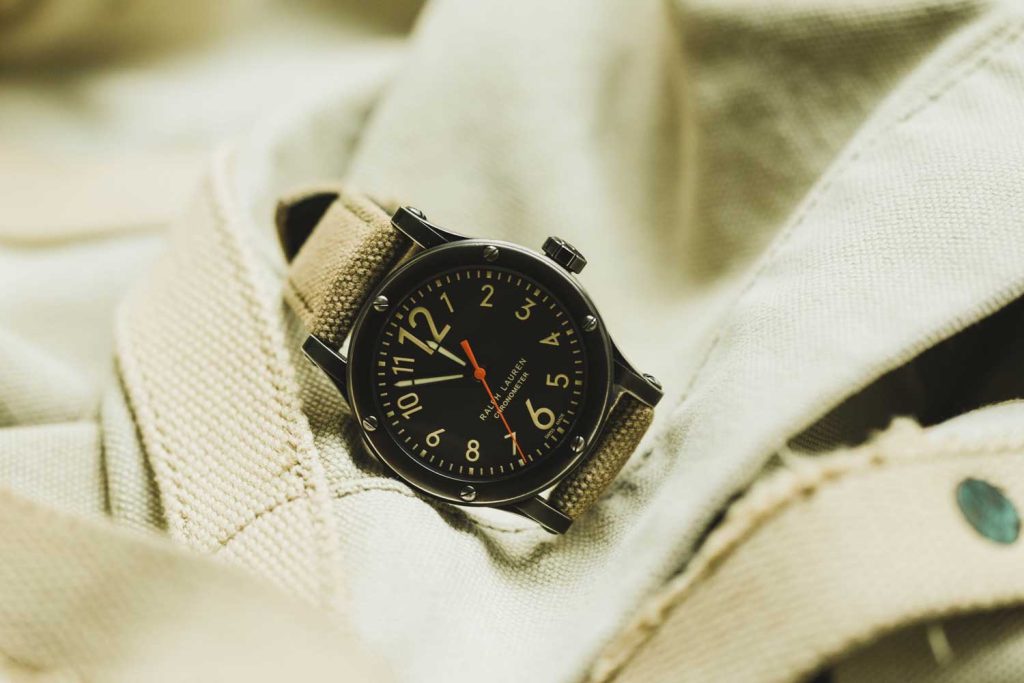
Taming The Beast
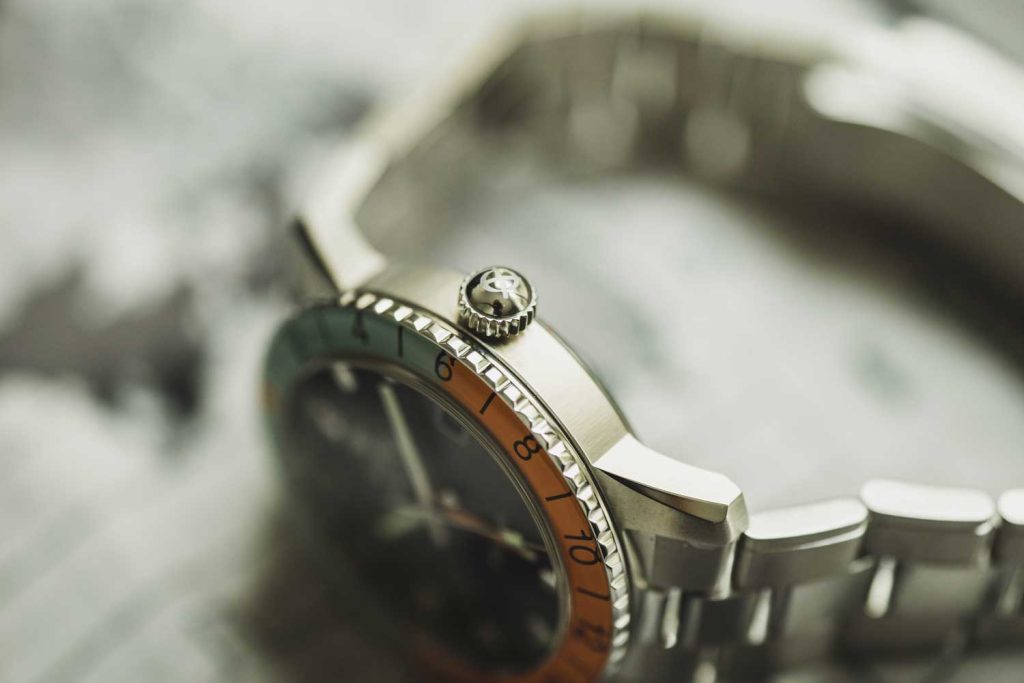
Taming The Beast
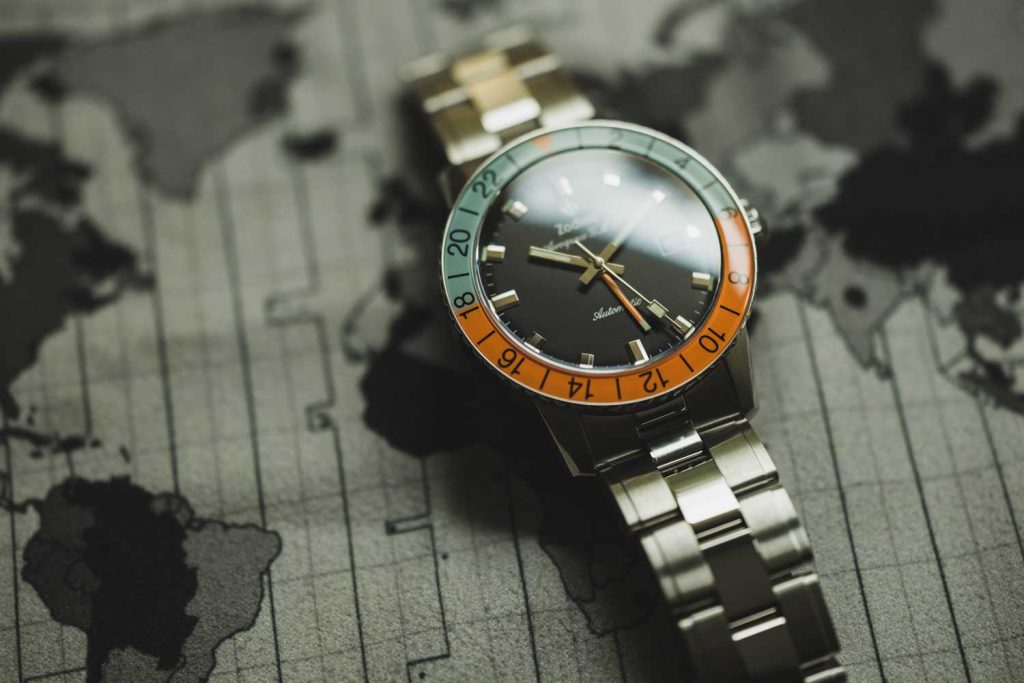
Taming The Beast
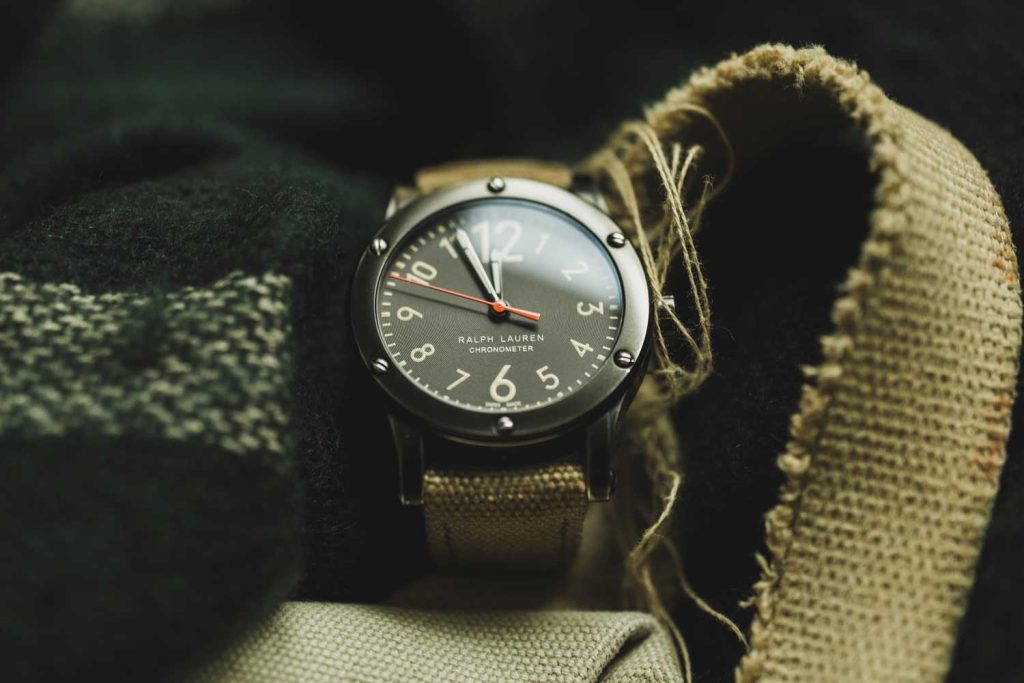
Taming The Beast










